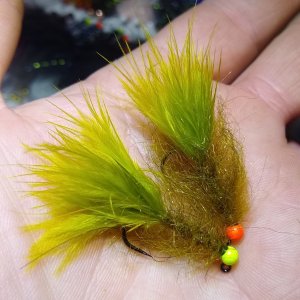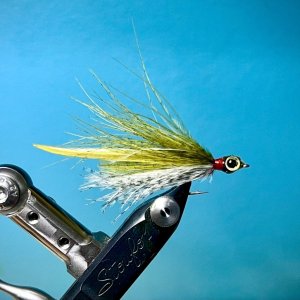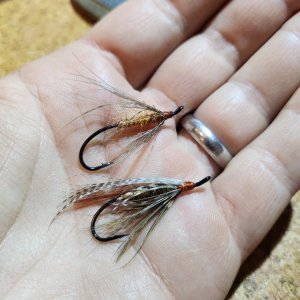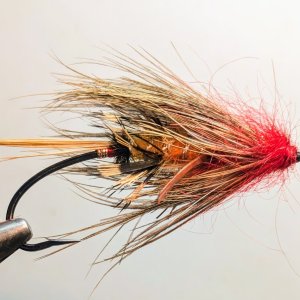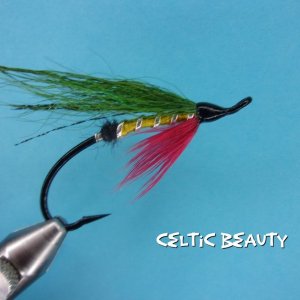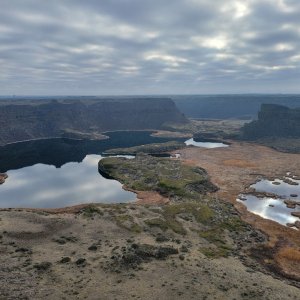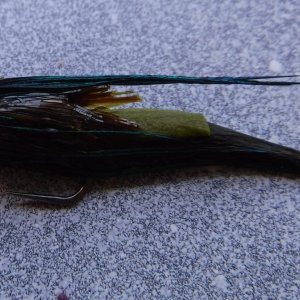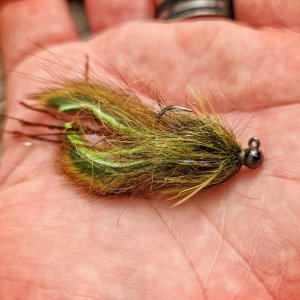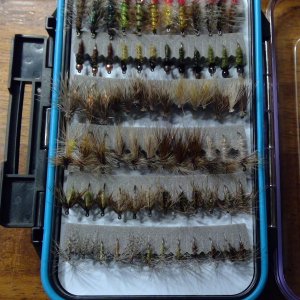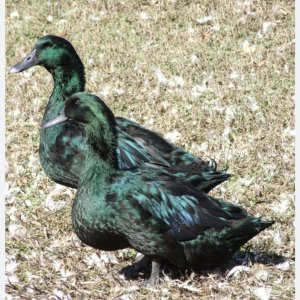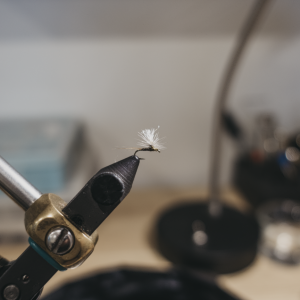Great ideas, and the ability to self-rescue is critical. I tend to overbuild on safety, but I’m still alive so I figure it’s all to the good. The canoe, for example, has two air chambers that will, according to the napkin math I did, float the canoe even if it’s full of water and has 100 lbs of additional weight. The full-length scuppers make emptying it easy by tipping. The double-hull of the sit-on-top could have an insane buoyancy (different from displacement) barring a breach.Instead a mirage or peddle drive (old town), you could also consider allowing for an electric drive. Could be a simple minnkota motor mounted permanently or something that could be slipped on when needed. For permanent options, I've seen clever designs using RC controllers remote steering and thrust control.
They also have motors you can attach to the rudder.
But for more nuts and bolts.... some standard kayak accessory rails strategically placed would be good. Great for rod holders, fish finders, etc.
An anchor trolly could be a nice touch. Light pole. Shallow anchor pole.
Keel protection.
And be sure to consider how one would flip it back over if they dump it. And how they would be getting back in.
Not sure about the electric motor as I tend to enjoy human-power on the homebuilt craft, but I do like the idea of inboard electric propellers.
Been thinking of doing a manual version of power poles ever since I first saw them in use on the flats. Might just go with an over-sized drift sock, though. I tried @clarkman ’s this weekend and it was amazing how it put the brakes on the canoe. Quieter than an anchor, too.
Last edited:

